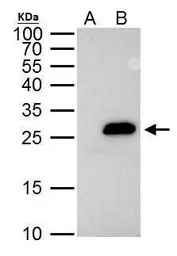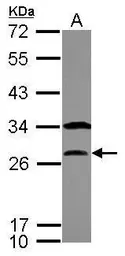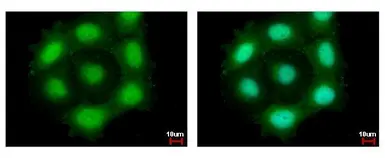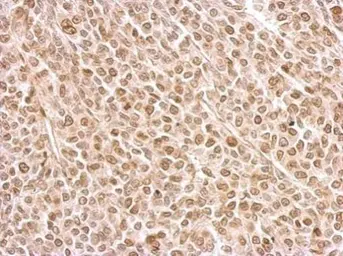Securin antibody
Cat. No. GTX111938
Cat. No. GTX111938
-
HostRabbit
-
ClonalityPolyclonal
-
IsotypeIgG
-
ApplicationsWB ICC/IF IHC-P IP
-
ReactivityHuman



